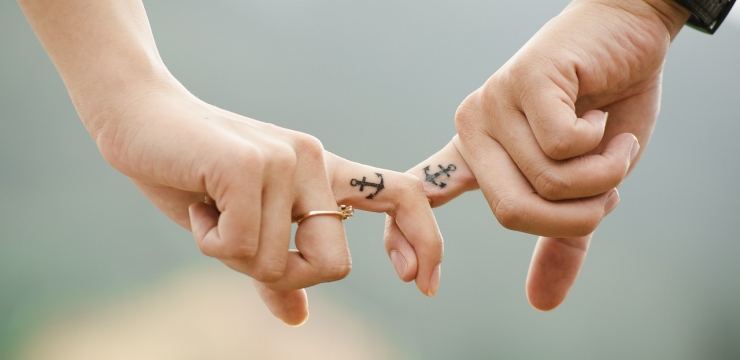In the fast-moving world that is the web today there is little room for indecision. Web surfers, on the prowl for a product or service, especially in the highly competitive niches will take little or no time to read the content of the page. It makes no difference to them whether the content is the most pertinent, but by just taking a moment or two to scan thoroughly they will discover exactly what they’re looking for.
Anybody who has ever made a success of web marketing will tell you that the job is not that easy. The truth is that there a lot of companies who will probably never gain access to the intensive research on how the human brain gathers information, how much that vital first glance matters.It ends up affecting their initial reactions and later their decision making processes.
One of the most telling findings on what makes a particular web page stand out from the crowd is that it is different, but most importantly, more attractive than the rest. Every web page must be designed and produced to pass on a rapidly absorbable message in the form of an invitation that is liable to attract the attention for those first few vital seconds when glancing upon the web page. Like a mermaid that has captured the eye of a fisherman as he draws in his nets, it will ultimately find him swimming out to sea in a remarkable adventure.
While it’s unlikely that you will find too many mermaids online these days, intensive research has shown that relevant images will capture the attention of the web surfer for long enough for them to linger on the page in search of more in depth information after their imagination has been sufficiently titillated.
It’s not only the fact that there is an image or images on the page that is important, it is also crucial as to where and how the images are laid out on the page. The ultimate goal is make the maximum effort to convert what may be a random visitor into a genuine potential customer.
Research shows that telling information on any web page is what is displayed “above the fold”. In other words the surfer doesn’t need to scroll down the page to access the initial information they are looking for. Positioning of images on that vital piece of web real estate is also highly significant, with the most experienced of web marketers agreeing that the first, and if need be the only, image on the web page is placed on the top left-hand corner about 15% down and 15% across from the absolute start of the page. A secondary image, probably slightly smaller than the first, should be placed on the bottom right of the page, above the fold.
By providing this opening impression, a web designer and/or producer has presented themselves to their client with the best initial impact that they could hope for in passing the message across.

